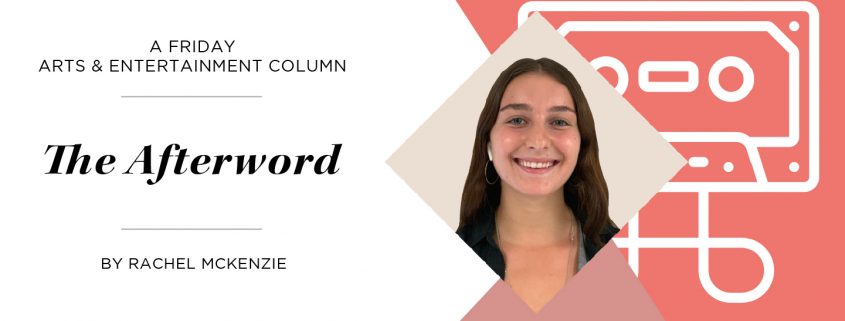Neo-nostalgia dominates today’s media aesthetic

Every Wednesday, I get comfortable for my weekly viewing of the ninth season of “American Horror Story,” 1984. The two previous seasons, Cult and Apocalypse, drew on contemporary fears of conspiracy theorists (Illuminati, government brainwashing — you know, that sort of thing), but creator Ryan Murphy went for something different with 1984. The season was reminiscent of ‘80s slasher films — think “Halloween” sequels and “Friday the 13th” — right down to the trenchcoat-wearing, knife-wielding killer and the classic girl-next-door who lives to tell the tale trope.
Not that there’s anything wrong with that — in fact, I think it’s one of the show’s strongest seasons. But it got me thinking about the art of remakes and just how prevalent they’ve become today. We’ve seen Disney do-overs of “Aladdin,” “The Lion King” and “Beauty and the Beast.” Upcoming films like “Charlie’s Angels” and “Bad Boys 3” are blatant revamps of iconic moments from 20th century pop culture. Quentin Tarantino’s “Once Upon a Time in Hollywood,” is a love letter to 1960s Los Angeles, one that arguably draws more on aesthetics than content.
I’d even take it a step further and argue that this phenomenon transcends the screen. 1970s-and 2000s-themed parties are so common that they’re already played out; vintage clothing is slowly surpassing streetwear; people buy vinyl despite the abundance of streaming platforms at our disposal; Twitter blows up at the prospect of “Friends” and “Lizzie McGuire” reboots. It is neo-nostalgia, and it is cutting across film, television, fashion, art and social media.
If you’ve read my other columns, you know that I’m not just going to tell you what’s happening. I’m going to ask what it means, what it says about us and what’s to come.
A somewhat depressing response is that we’ve simply run out of ideas. In a world oversaturated with media, in which every niche has been filled, originality has ceased to exist.
“There is no such thing as a new idea,” Mark Twain once said. “We simply take a lot of old ideas and put them into a sort of mental kaleidoscope … but they are the same old pieces of colored glass that have been in use through all the ages.”
I buy that to an extent, but it’s not that simple. All works of art necessarily draw on what came before them. But there is something particular about 2019 neo-nostalgia, something that Twain’s comment doesn’t account for.
Idea two: Patrick Metzger, the associate director of product at Idealist called it the “Nostalgia Pendulum,” the theory that pop culture is on a 30-year loop. Metzger analyzed more than 500 films and found that the average time it took for a hit to be remade was around 23 years. In his eyes, this can be explained from the consumer side of things: After 30 years, you have a real market of people who are nostalgic for their childhood. In turn, artists working in popular mediums are rewarded for making art that satisfies this demographic. And what better way to do that than by ensuring their emotional attachment is in place before a project even releases.
Metzger’s analysis is clever, but it also suggests that there’s nothing different about nostalgia today than nostalgia 30, 60, 90 years ago. He’s right that there are some unchanging elements, or perhaps just one: we feel more comfortable when we know how things end — a simple yet universally true sentiment. I think that is the root of our unwavering affinity for the remake, the re-imagined, the repurposed.
But here’s what makes us different: Technology enables us to execute our remakes so much better. Advancements in special effects and CGI, as well as unlimited access to archives, allow these nostalgic moments to return to us with heightened quality and, thanks to social media, heightened hype, giving them more power and magnitude than ever before.
Whether this bodes well for the future of different mediums, and for society in general… well, the jury’s still out for me. I can’t say I’m mad about it, though, because the ‘80s aesthetic really does it for me. But I have a feeling it’ll be passé soon enough.
Ten years from now, if Metzger is right, we’ll see flip phones, low-rise jeans and cargo pants hitting the big screen.
Rachel McKenzie is a junior writing about pop culture. Her column, “The Afterword,” runs every other Friday.

